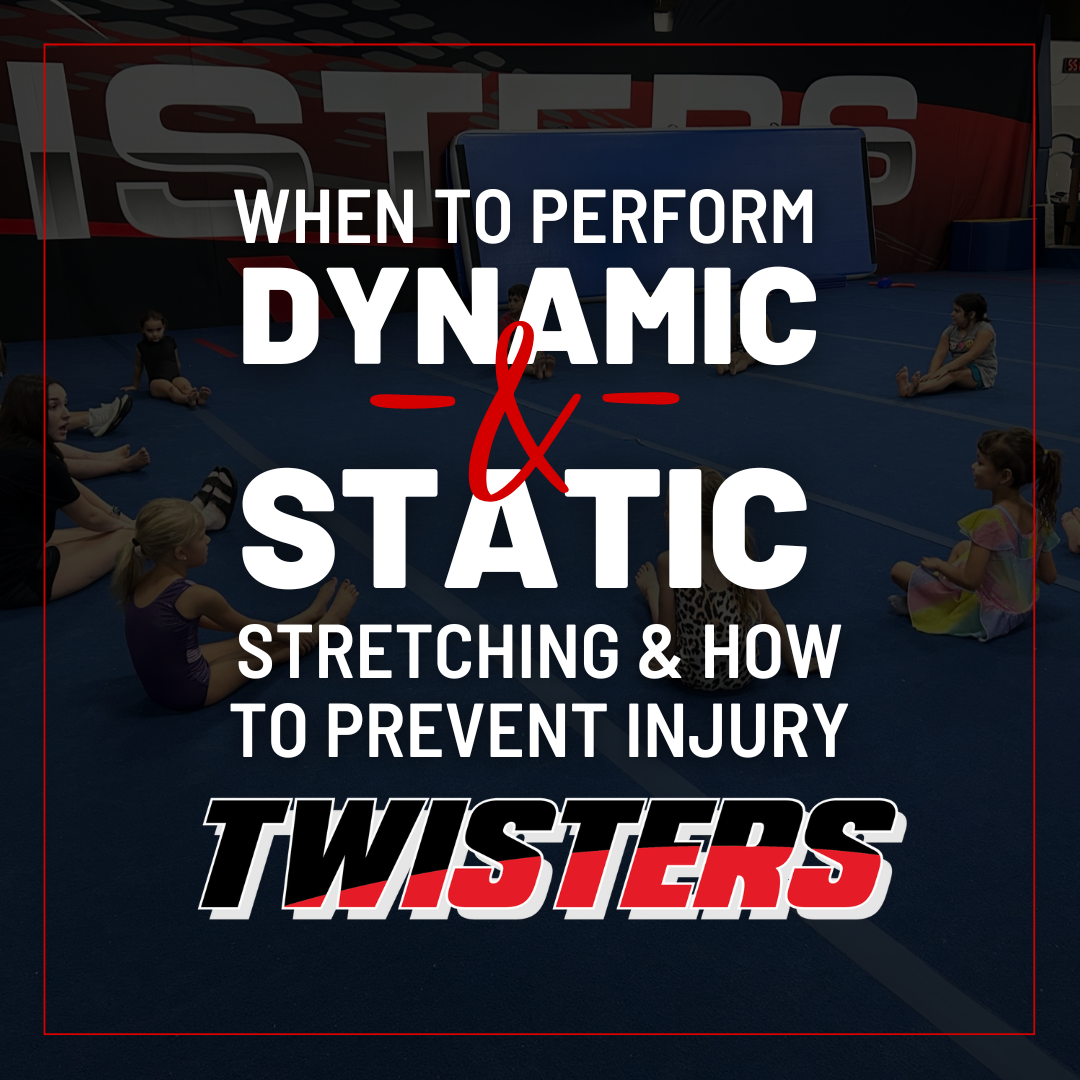When it comes to tumbling and gymnastics, many athletes make the mistake of diving straight into practicing at home without properly preparing their body. One important aspect of preparation is dynamic stretching, a type of stretching that involves movement and helps to increase blood flow and flexibility.
Dynamic stretching helps to warm up your muscles, which can help prevent injury. When you exercise, your muscles are put under strain and can become tight, which increases the risk of pulling or straining a muscle. By performing dynamic stretches, you are gradually increasing blood flow to your muscles and preparing them for the workout ahead. This can help reduce the risk of injury and ensure that you’re able to perform your exercises to the best of your ability.
In addition to injury prevention, dynamic stretching can also improve your performance during your workout. By warming up your muscles and increasing blood flow, you’re providing your body with the necessary tools to perform at its best. Dynamic stretching can also help to improve your range of motion, which can be beneficial for skills that require a wide range of movement.
Another benefit of dynamic stretching is that it can help to reduce muscle soreness and stiffness after your practices. When you exercise, your muscles are broken down and can become sore as a result. However, by performing dynamic stretches after your workout, you’re helping to increase blood flow to your muscles and reduce any soreness or stiffness that you may experience.
It’s important to note that while dynamic stretching is beneficial, it should not replace other forms of stretching, such as static stretching. It’s recommended that you perform dynamic stretching as part of your warm up and static stretching as part of your cool-down routine.
Examples of a dynamic stretch warm up:
- 50-100 jumping jacks to warm up the muscles
- High kicks in front (hamstrings)
- High knees (hamstrings and quads)
- Bottom kickers (quads)
- Inch worms (core, hamstrings, glutes and calves)
- Chest openers with a consistent open-close flow (chest and back)
Examples of a static stretching cool down:
- Splits (side and middle)
- Seated pike stretch
- Straddles and butterflies
- “Tree” pose
- Chest openers (hold 15 seconds)
- Tricep stretch (hold 15 seconds each side)
To build flexibility and prevent injury, ensure the body is fully warm (sweat is a good thing!) Prior to conducting static stretching.
By taking the time to properly prepare your body before your workout, you’re setting yourself up for success and ensuring that you’re able to perform at your best. So the next time your child begins practicing at home, don’t let them skip your warm-up or cool-down!







